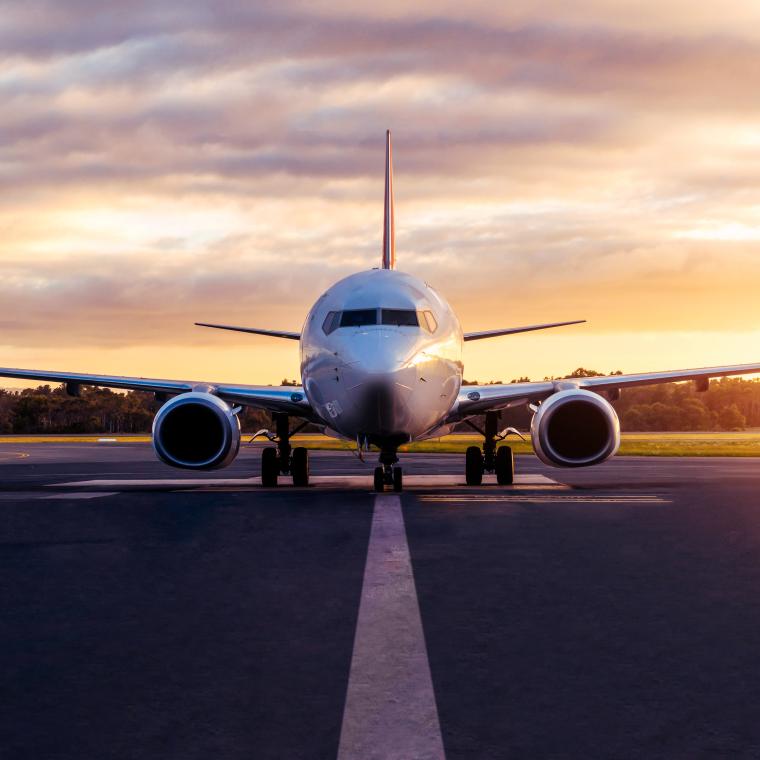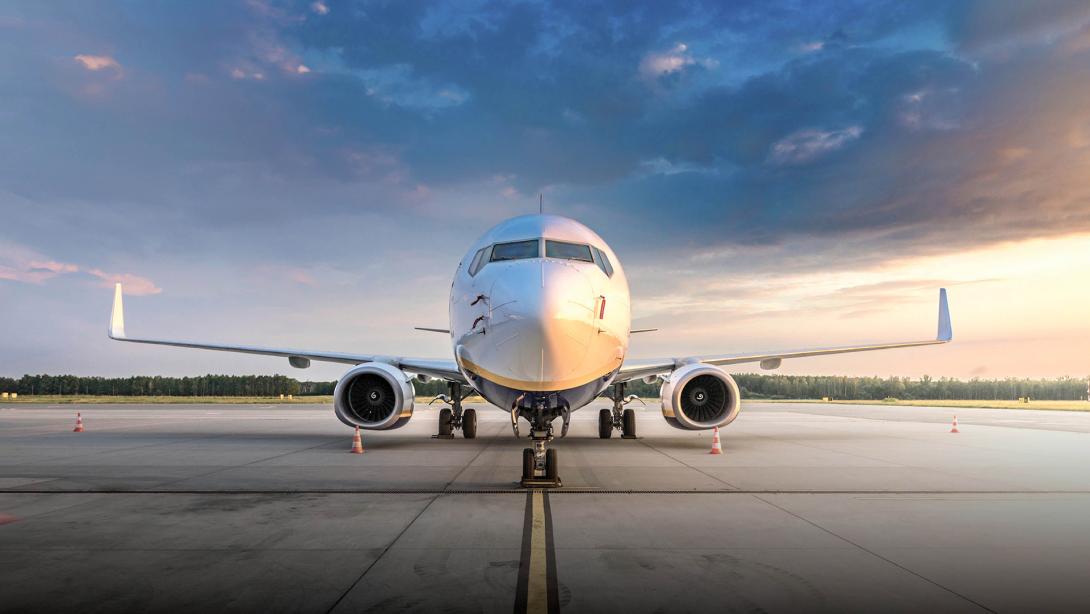
Rory Conway, Ocorian Associate Director and aviation specialist, recently attended the Airline Economics’ Growth Frontiers conference in Dublin, one of the largest events in the global aviation industry. Things have changed since 2022, so discover his take on this year's session discussions and what they mean for investors and suppliers alike.
2024 airline economics key takeaways
-
All regions are expected to reach pre-pandemic passenger levels by early 2024. Global economic activity continues to perform ahead of expectations, with inflation and interest rates likely to be past their peaks and a more settled economic outlook lies ahead.
-
Fly Net Zero, a pledge to achieve net-zero carbon emissions from their operations by 2050, remains in place. 2023 temperatures averaged over 1.5C above pre-industrial levels for the first time – so the problem is not going away. The sector must find a way to ensure commitments are met.
-
Despite supply chain concerns and a world facing more uncertainty, the overall sentiment is optimistic. Despite challenges, the aviation industry is resilient and hopefully on course for a steadier year.
ESG
Whilst in previous years, sustainability and net zero ambitions were at the top of the agenda, this year saw other themes and challenges come to the fore. ESG continues to make headlines but commitments like the 2050 Fly Net Zero pledge feel more ambitious now than two years ago.
The aviation sector accounts for 2% of all global CO2 emissions and whilst areas like agriculture are faring worse thanks to their methods and impact on climate change, aviation must address concerns if a sustainable business future is to be achieved.
The problem is that expected greener measures to hit targets, appease investors and help the media narrative haven’t materialised. Green-financing, once seen as critical, has not increased in reality. Lenders and investors remain focused on the bottom-line economics and ESG commitments, while acknowledged, are not a key factor in negotiations.
There are aviation initiatives working towards climate change goals but questions linger on speed and execution. Sustainable aviation fuel (SAF) is one such technology, produced from non-fossil fuel sources, such as sustainable feedstock, SAF is chemically similar to traditional fossil jet fuel.
The conference confirmed SAF development is still in its early stages worldwide and a much greater supply would be fundamental to reducing CO2 emissions in global aviation. In fact, this alternative fuel accounted for just 0.2% of total jet fuel consumption in 2023, rising to a disappointingly low 3% by 2030. There is also a considerable gap between supply and demand, as the aviation industry competes with many other sectors for SAF.
Other technology such as electric and hydrogen commercial passenger aircraft remain a long way off. There is hope for the future as ESG targets stay fixed and industry leaders feel optimistic about sustainability, but there needs to be a clearer path with repercussions if targets are not met. This in turn will filter down to logistics and financing as a result.
Supply chain issues
The aviation market will be constrained by supply rather than driven by demand. Aircraft deliveries and maintenance backlogs resulting in supply chain challenges are expected to persist through 2024 and for the rest of this decade. Manufacturers like Airbus and Boeing and engine manufacturers Pratt & Whitney and Rolls-Royce face disruptions, impacting aircraft availability.
OEM manufacturing dropped by 45% during the pandemic, with many aircraft undelivered during this period of inactivity. While passenger travel is expected to thrive in 2024 to beyond 2019 levels, aircraft production has not followed the same path. Based on current demand, OEMs are predicted to take 10-12 years to complete the order backlog.
These factors have greatly increased demand by airlines for leasing aircraft – wet and dry, operating and finance leases, to bridge the gap in fleet capacity over the next number of years. This significantly impacted lease rate factors as the strong market dictates the shape of the sector in the short to medium term.
Worldwide volatility
The expansion of regional conflicts during 2023 has also been a concern for the sector, Russia/Ukraine war and the conflict in the Middle East region have increased global uncertainties. Fluctuating fuel prices continue to be a priority for airlines as they seek to recover revenue through fuel surcharges and other means.
How can Ocorian help your business?
We understand the challenges facing the aviation industry and whilst pleased the outlook feels positive, know what it takes to secure future investment considerations. We're here to support you and your funding structures, or with any other queries you may have. Contact myself and our aviation finance team for more details.

